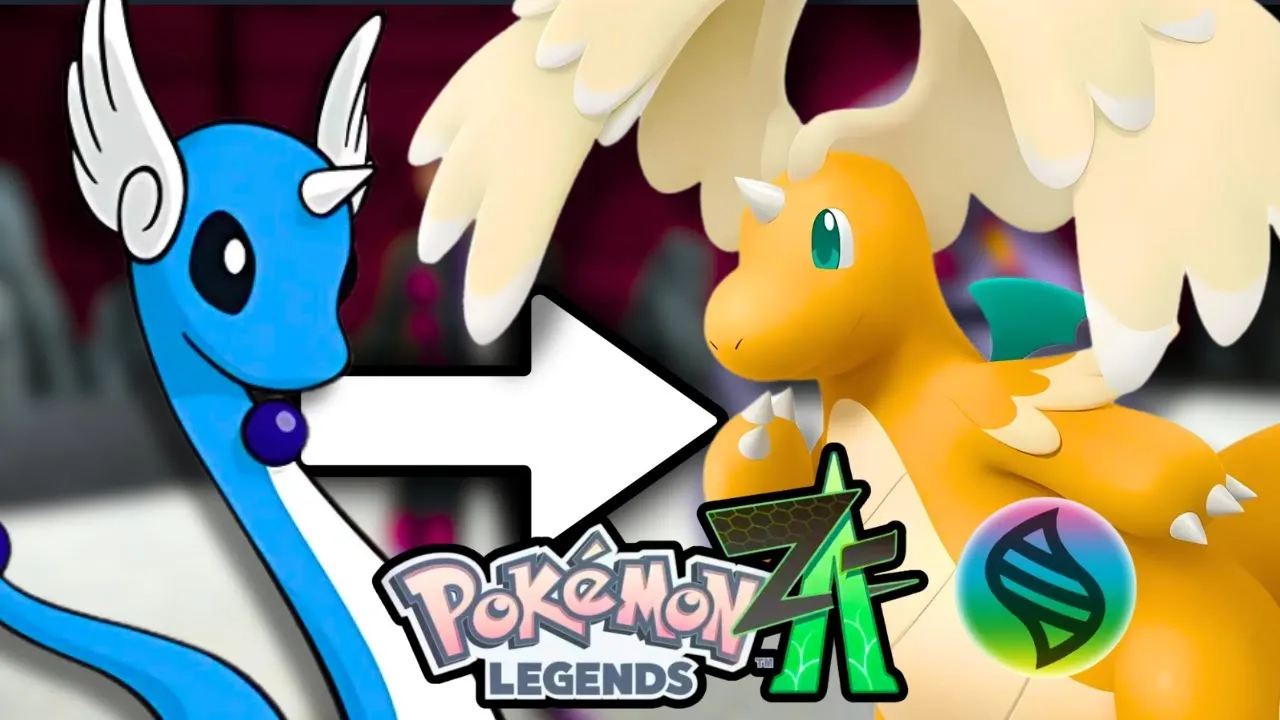ChatGPT is now equipped with mental health guardrails and break reminders. Learn how OpenAI is changing the way you interact with AI to promote well-being and reduce overuse.
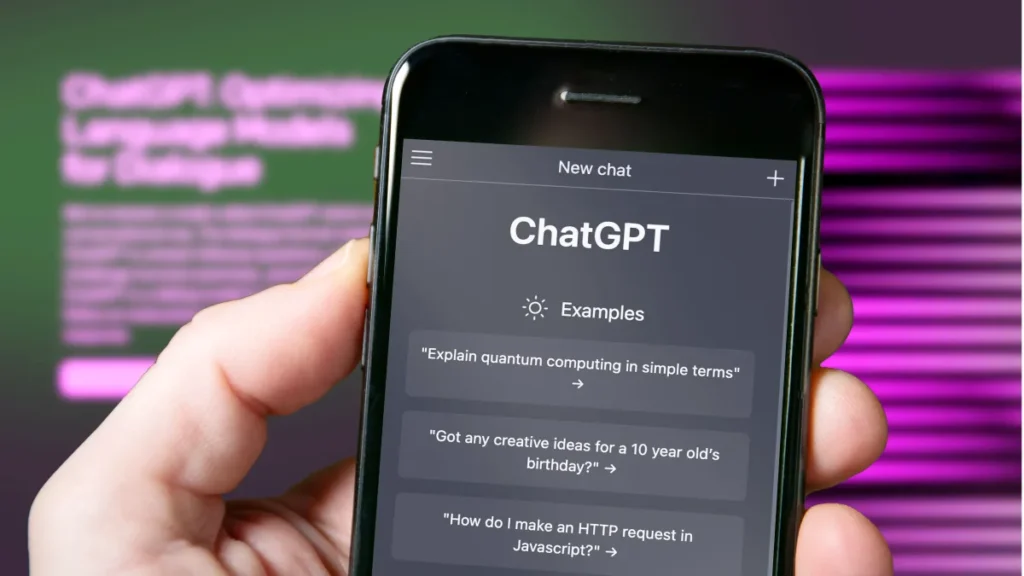
Since its launch, ChatGPT has become an indispensable tool for millions of users across the U.S. Whether it’s for writing emails, planning trips, solving math problems, or just chatting, OpenAI’s chatbot has integrated deeply into our lives. But as usage has surged, so have concerns—particularly about how often and how long users are relying on AI.
In response, OpenAI is now rolling out mental health guardrails and break reminders within ChatGPT. The goal? To make sure you’re not just productive—but also mentally healthy while using the tool.
Table of Contents
What Are ChatGPT’s New Mental Health Guardrails?
OpenAI’s Proactive Move
As reported by NBC News, OpenAI has implemented a set of safeguards intended to protect users who might engage with ChatGPT in emotionally vulnerable states. The new system uses AI detection and behavioral cues to identify when a user might be in distress and responds with appropriate messaging, encouragement to seek help, or resources.
“We’re building AI that aligns with users’ mental health needs,” said an OpenAI spokesperson. “Not to replace human help—but to remind users that real support exists.”
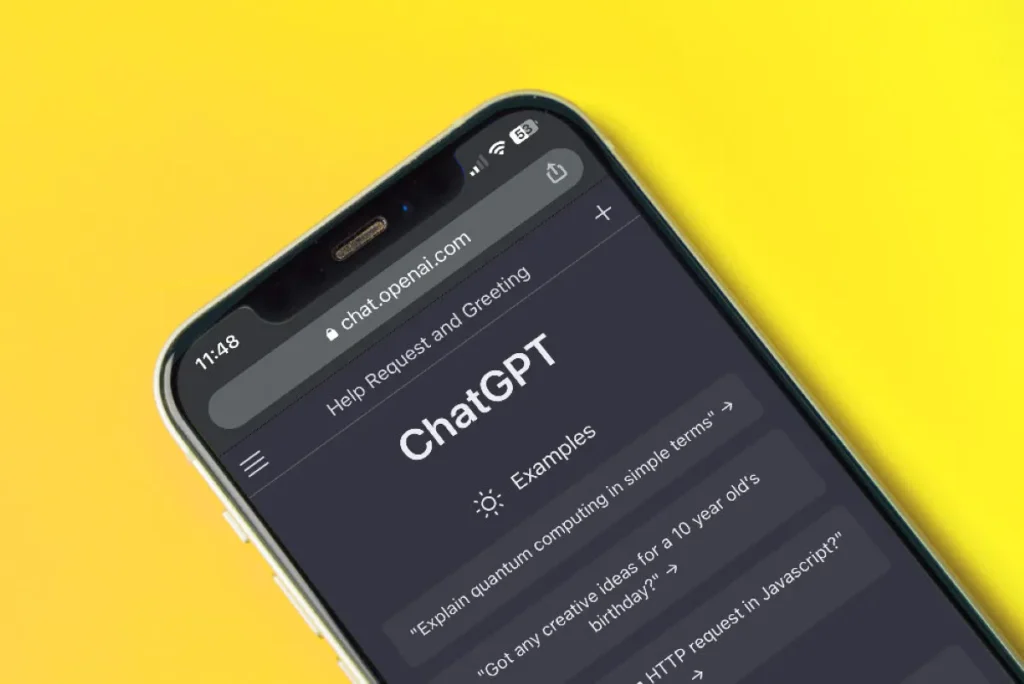
ChatGPT Will Now Prompt You to Take Breaks
One of the most talked-about features is ChatGPT’s new ability to suggest breaks during long sessions.
According to CNET, ChatGPT will now detect prolonged usage and ask gentle questions like:
- “Would you like to take a short break?”
- “You’ve been chatting for a while—need a moment to stretch or rest?”
These reminders aren’t intrusive—they’re opt-in for now—but they serve a critical role in promoting digital well-being, much like screen time alerts on smartphones.
Why These Features Matter: The Problem of Overuse
The ChatGPT Addiction Problem
As highlighted by The Verge, users have increasingly reported spending hours interacting with ChatGPT. For some, it’s a productivity booster. For others, especially those experiencing loneliness or anxiety, the AI can become a surrogate companion, potentially replacing real-world interactions.
Mental health professionals are beginning to weigh in. “We’re seeing AI used as a crutch rather than a tool,” says Dr. Andrea Watson, a U.S.-based psychologist. “When someone’s emotional needs are being fulfilled by a chatbot, it might delay them from seeking real, human support.”
The Role of Break Reminders in Behavioral Health
AI addiction might sound dramatic—but the patterns are real. That’s why OpenAI’s new break prompts are such a pivotal step. The reminders help disrupt compulsive behavior by injecting mindfulness into the experience. This small nudge can make users reflect on how much time they’re spending and whether it’s healthy.
How ChatGPT Detects Distress
According to Engadget, OpenAI’s system uses contextual signals and text analysis to determine if a user is expressing thoughts that might relate to mental health issues, distress, or even burnout.
If ChatGPT detects certain patterns—such as repeated mentions of sadness, hopelessness, or anxiety—it may respond with:
- “If you’re feeling overwhelmed, consider talking to someone you trust.”
- “Would you like resources related to mental health support?”
While it doesn’t act as a therapist (and makes that clear), it tries to gently guide users to professional help or take a step back.
What Does This Mean for ChatGPT Users in the U.S.?
For Students and Remote Workers
Many U.S. users rely on ChatGPT for academic assistance or remote work tasks. With these new features, students and workers are less likely to fall into the trap of “flow burnout”—a state where productivity becomes compulsive.
For Casual Users and Late-Night Scrollers
A significant chunk of ChatGPT’s U.S. user base uses the AI at night—sometimes for companionship, sometimes for curiosity. These new reminders will help prompt healthier sleep habits and reduce AI-induced insomnia caused by late-night overuse.
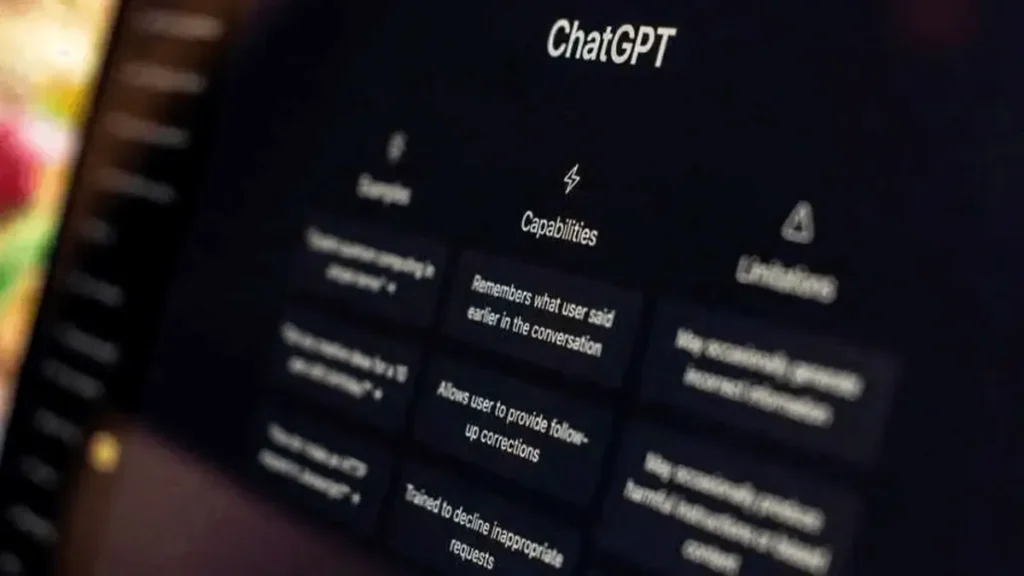
A Step Toward Ethical AI Usage
These updates reflect a broader trend in Silicon Valley: building AI that isn’t just smart, but also ethically designed and user-conscious. OpenAI’s new features echo similar efforts by platforms like YouTube, TikTok, and Instagram to introduce “take a break” reminders.
But unlike those platforms, ChatGPT is conversational, making its influence more direct and emotional. This means the stakes are higher—and so is the potential for both positive and negative impact.
Limitations of the Current Update
Despite the good intentions, critics argue these features are not enough.
- Opt-in Mechanism: Users can disable break reminders, which reduces their effectiveness.
- No Real-Time Intervention: While ChatGPT offers resources, it doesn’t escalate serious concerns or connect to emergency services.
- Still Not a Therapist: It can suggest taking a break, but it doesn’t replace human counseling or intervention.
Mental health experts warn that ChatGPT’s empathy is simulated, and users need to understand its limits.
How to Turn On (or Off) Break Reminders in ChatGPT
If you’re using ChatGPT via the web or mobile app, here’s how to manage the new feature:
- Open the ChatGPT app or website.
- Go to Settings → Personalization.
- Look for the Break Reminders toggle.
- Enable or disable as needed.
OpenAI has said these settings may evolve in the coming months, including more customizable break intervals and emotional health prompts.
What’s Next for ChatGPT and Mental Health Integration?
OpenAI is expected to continue developing more AI-human alignment features. Rumors suggest that future versions may include:
- Mood tracking based on conversation tone
- Automatic check-ins during long sessions
- Integration with third-party wellness platforms
For now, these guardrails are an important first step—a move that acknowledges ChatGPT’s enormous influence and the responsibility that comes with it.
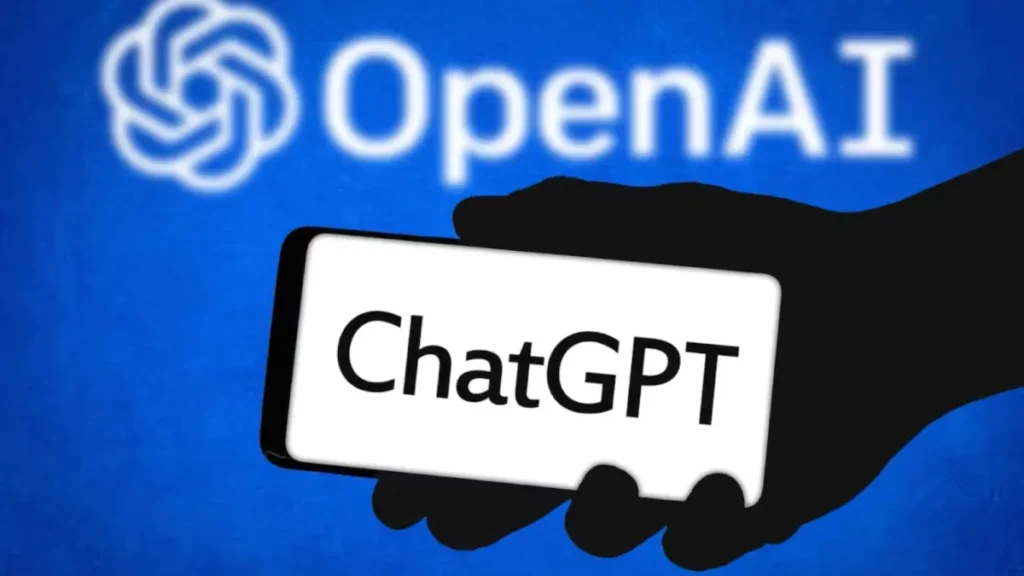
Final Thoughts: ChatGPT’s Human-Centered Future
ChatGPT is evolving—from a powerful chatbot to a more mindful AI companion. In a world where technology often outpaces ethics, OpenAI’s decision to introduce mental health safeguards marks a significant moment.
These new features won’t solve the mental health crisis in America—but they might help prevent AI from making it worse. And in today’s fast-paced, digitally-dependent society, that’s a much-needed shift in the right direction.
Key Takeaways
| Feature | Purpose | User Impact |
|---|---|---|
| Break Reminders | Suggests pauses after prolonged use | Promotes healthier tech habits |
| Distress Detection | Flags possible mental health cues | Offers gentle nudges and resources |
| Opt-In Design | Users can enable or disable | Respects user autonomy |
| No Medical Advice | Not a substitute for therapy | Avoids overstepping ethical lines |
FAQs About ChatGPT’s New Features
Q1: Does ChatGPT replace therapy?
A: No. ChatGPT provides supportive messaging but cannot diagnose or treat mental health conditions.
Q2: Can I disable break reminders?
A: Yes. You can toggle the setting on or off in the ChatGPT app or website under personalization settings.
Q3: What triggers mental health suggestions?
A: If ChatGPT detects language that may indicate distress, it will respond with resources or break suggestions.
Q4: Are these features available for all users?
A: Yes, the updates are rolling out to both free and paid users in the U.S.
Q5: Will ChatGPT call emergency services?
A: No. The system does not escalate to emergency contacts or services. It is not designed for crisis situations.
Thank You for visiting Tech Uplifter!
Don’t forget to Subscribe to our Official Newsletter for latest updates.

